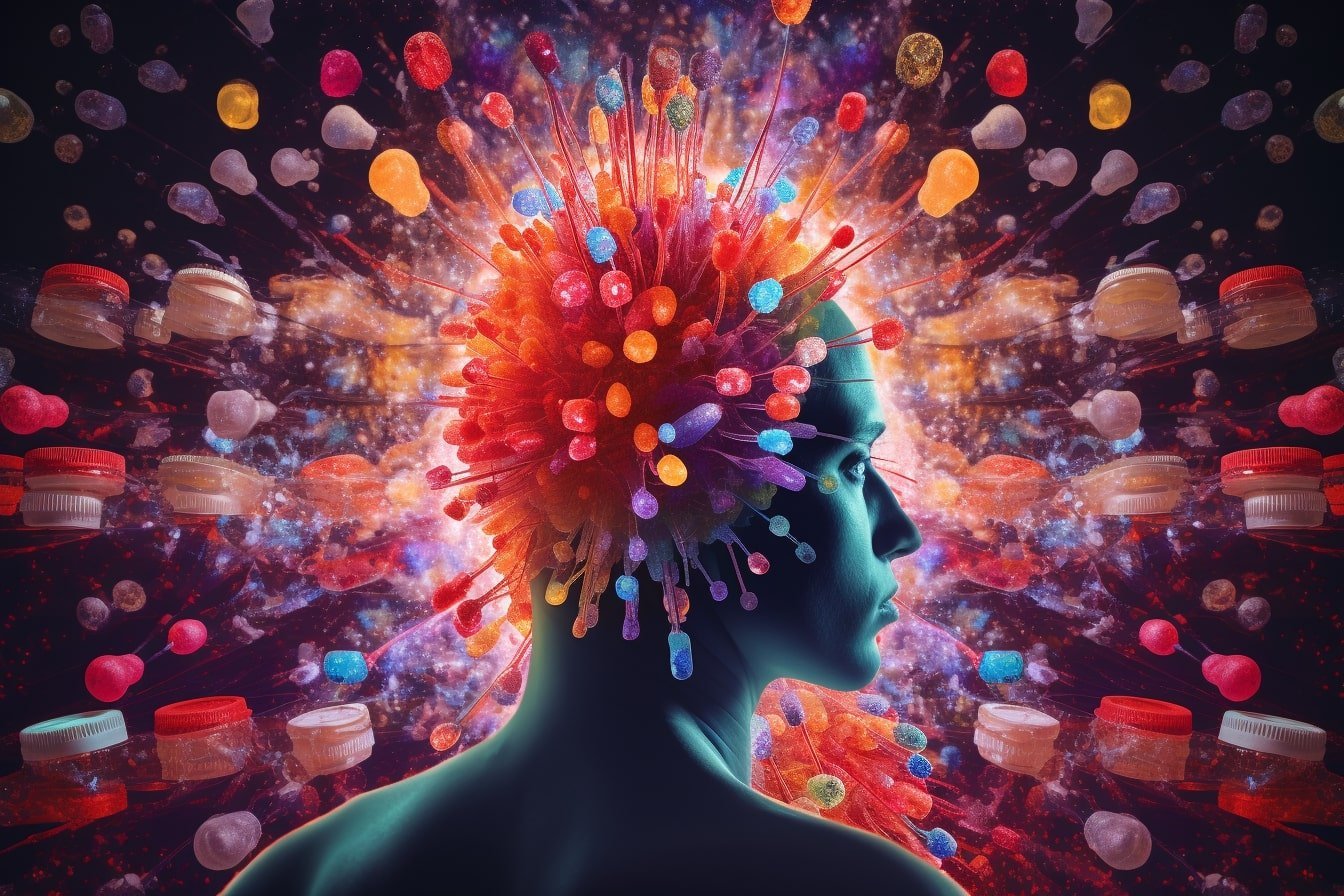Summary: Researchers spotlighted a brain region, typically overlooked in addiction research, that may be pivotal in predicting drug relapse. While past research has honed in on the medial prefrontal cortex, these scientists turned their attention to the supplementary motor cortex.
Through studying cocaine-seeking behaviors in animal models, the team found this area is hyperactive after withdrawal, linking it to a heightened relapse risk. The discovery could usher in new therapeutic interventions.
Key Facts:
- The supplementary motor cortex, usually associated with body movement, may be a crucial player in drug addiction and relapse.
- Post-withdrawal, hyperexcitability in the supplementary motor cortex is heightened, and interventions to calm it could help prevent relapses.
- Existing methods, such as transcranial magnetic stimulation, might be employed as less invasive treatments to address this brain hyperactivity.
Source: Indiana University
Researchers from Indiana University School of Medicine have discovered a neglected brain region that could play a critical role in how likely a person with drug use disorders is to relapse, even after a long withdrawal period.
Their findings were published recently in Biological Psychiatry.
“Past studies in the field of addiction research have focused on the medial prefrontal cortex, which is the part of the brain that controls decision making, but no effective prevention or treatment for drug relapse is available,” said Yao-Ying Ma, MD, PhD, associate professor of pharmacology and toxicology and an investigator with the Stark Neurosciences Research Institute at IU School of Medicine.
“We focused instead on the supplementary motor cortex, and found this area plays a bigger role in the risk of relapse. It could be a new target for therapeutics to prevent relapse.”
Researchers studied cocaine-seeking behaviors in animal models, measuring excitability levels in the motor cortex after 45 days of withdrawal. They found hyperexcitability in the motor cortex was increased at this point and used an intervention to calm the excitability taking place in that part of the brain.
“One of the biggest challenges for patients with addiction is preventing relapse,” Ma said. “We know they need medication, community involvement, psychological support and other resources to help, but for many people who go back to take a drug, it just feels like an automatic behavior. If we can understand whether addiction behavior is subconscious or conscious behavior, we can find better ways to treat and prevent addiction and relapse.”
The supplementary motor cortex is typically known for directing how the body moves, so Ma said the finding that it plays a big role in addiction is novel and exciting.
“This brain region has never really gotten too much attention in addiction research, so we’re excited about this finding and how it can change the way we treat addiction by using less invasive methods, such as transcranial magnetic stimulation, as well as the trajectory of our work moving forward,” Ma said.
In the future, the team will study the effect of other addictive substances to see if the supplementary motor cortex is involved in other types of drug use disorders, such as opioid and alcohol use disorders.
The first author of the study, Donald Huang, was Ma’s PhD student. Huang recently received his PhD in Medical Neuroscience from IU School of Medicine and now works as a postdoctoral researcher at the University of Chicago.
About this addiction and neuroscience research news
Author: Christina Griffiths
Source: Indiana University
Contact: Christina Griffiths – Indiana University
Image: The image is credited to Neuroscience News
Original Research: Closed access.
“Increased Excitability of Layer 2 Cortical Pyramidal Neurons in the Supplementary Motor Cortex Underlies High Cocaine-Seeking Behaviors” by Yao-Ying Ma et al. Biological Psychiatry
Abstract
Increased Excitability of Layer 2 Cortical Pyramidal Neurons in the Supplementary Motor Cortex Underlies High Cocaine-Seeking Behaviors
Background
Most efforts in addiction research have focused on the involvement of the medial prefrontal cortex, including the infralimbic, prelimbic, and anterior cingulate cortical areas, in cocaine-seeking behaviors. However, no effective prevention or treatment for drug relapse is available.
Methods
We focused instead on the motor cortex, including both the primary and supplementary motor areas (M1 and M2, respectively). Addiction risk was evaluated by testing cocaine seeking after intravenous self-administration (IVSA) of cocaine in Sprague Dawley rats. The causal relationship between the excitability of cortical pyramidal neurons (CPNs) in M1/M2 and addiction risk was explored by ex vivo whole-cell patch clamp recordings and in vivo pharmacological or chemogenetic manipulation.
Results
Our recordings showed that on withdrawal day 45 (WD45) after IVSA, cocaine, but not saline, increased the excitability of CPNs in the cortical superficial layers (primarily layer 2, denoted L2) but not in layer 5 (L5) in M2. Bilateral microinjection of the GABAA (gamma-aminobutyric acid A) receptor agonist muscimol to the M2 area attenuated cocaine seeking on WD45. More specifically, chemogenetic inhibition of CPN excitability in L2 of M2 (denoted M2-L2) by the DREADD (designer receptor exclusively activated by designer drugs) agonist compound 21 prevented drug seeking on WD45 after cocaine IVSA. This chemogenetic inhibition of M2-L2 CPNs had no effects on sucrose seeking. In addition, neither pharmacological nor chemogenetic inhibition manipulations altered general locomotor activity.
Conclusions
Our results indicate that cocaine IVSA induces hyperexcitability in the motor cortex on WD45. Importantly, the increased excitability in M2, particularly in L2, could be a novel target for preventing drug relapse during withdrawal.







